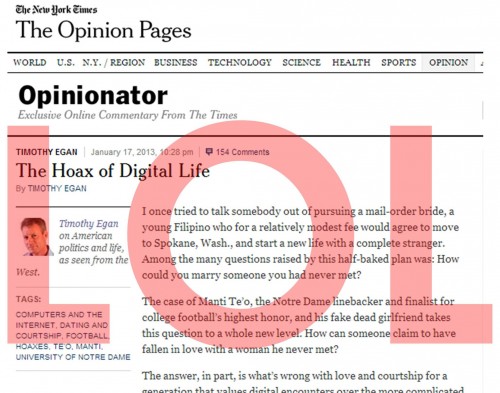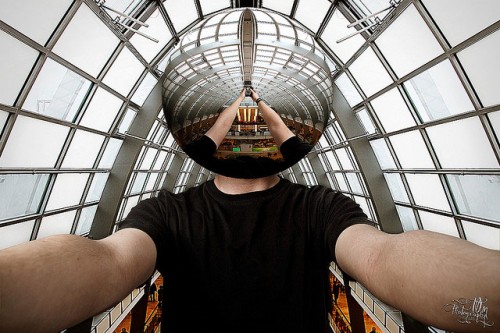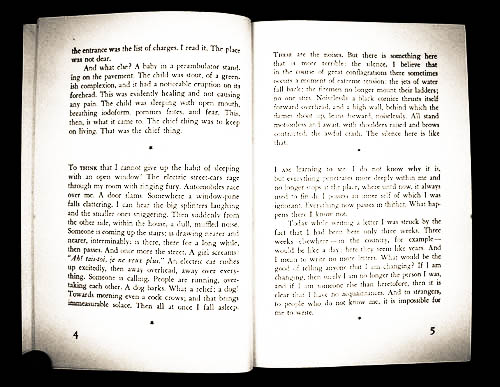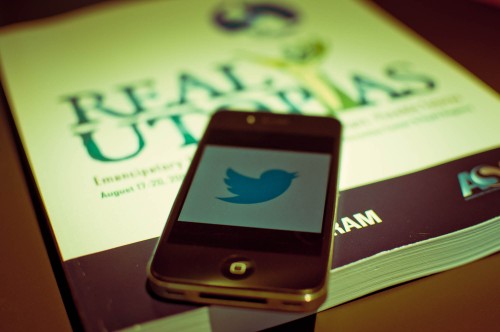
Back in October, Nathan Jurgenson (@nathanjurgenson) created a typology of digital dualism, which I followed by mapping this typology onto material conditions that vary in terms of physical-digital enmeshment. Today, I want to apply this typology and its material-mapping to discourses and conditions of embodiment in light of technological advancements. If you have been following the blog and are up-to-date with this line of discussion, feel free to scroll down past the review. more...









